Should we be searching for post-biological aliens?
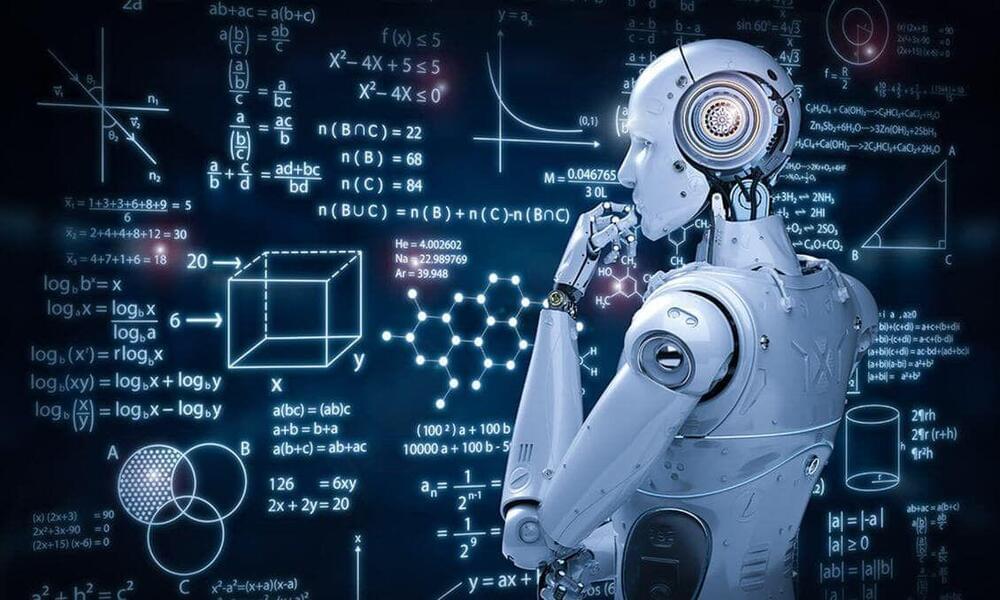


Maya Ajmera, President & CEO of Society for Science & the Public and Publisher of Science News, chatted with Ray Kurzweil, an alumnus of the Science Talent Search and a renowned inventor and futurist. Kurzweil also has written five best-selling books, is Cofounder and Chancellor of Singularity University and is a Director of Engineering at Google. We are thrilled to share an edited summary of their conversation.
You are an alum of the1965Science Talent Search. How did the competition impact your life, and are there any particular moments that still stand out for you?
The Westinghouse Science Talent Search was the first time I was recognized nationally. President Johnson had just been elected and we met him at the White House. He told us his goal was that our generation would never see the horrors of war.
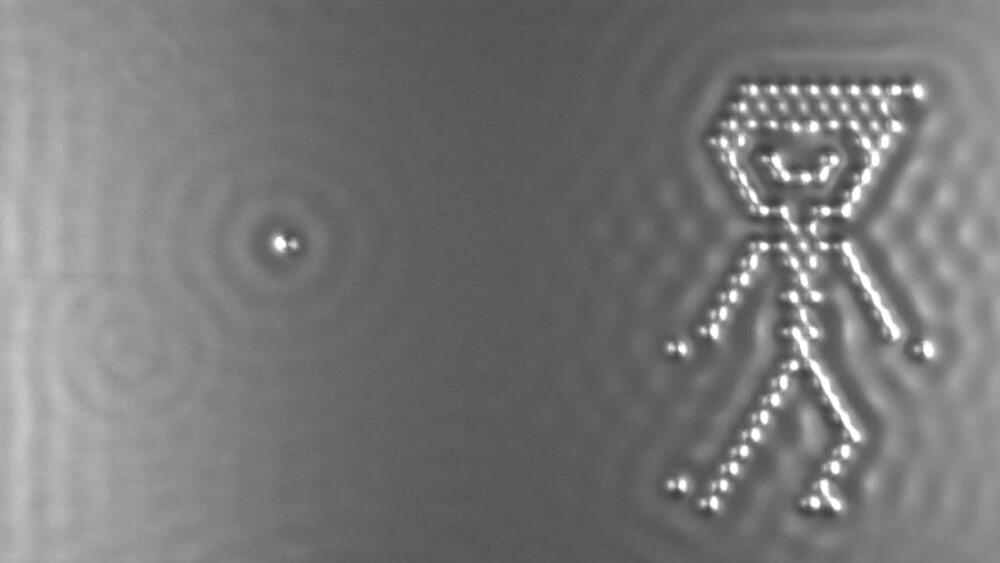
While it is always proper to treat the idea of “inevitability” or the promise of utopia with skepticism, it would also be irresponsible to ignore what is fast becoming an undeniable trend. From all outward appearances, technological change is an anthropogenic trend subject to acceleration, and the speed at which changes are coming is reaching a critical point.
Reality check
Of course, there is no shortage of naysayers, skeptics, and doubters regarding the Technological Singularity and similar predictions. In one camp, you have those who cite past claims such as flying cars, floating cities, and other futuristic visions that were predicted to come true by the 21st century.
While some speculative thinkers have proven to be bang on in the past, predicting the future has always suffered from a rather high failure rate. Second, some challenge the rather utopian outlook of thinkers like Ray Kurzweil, Peter Diamandis, and other Singularitarians who believe that this event will usher in a future of abundance and limitless opportunities.
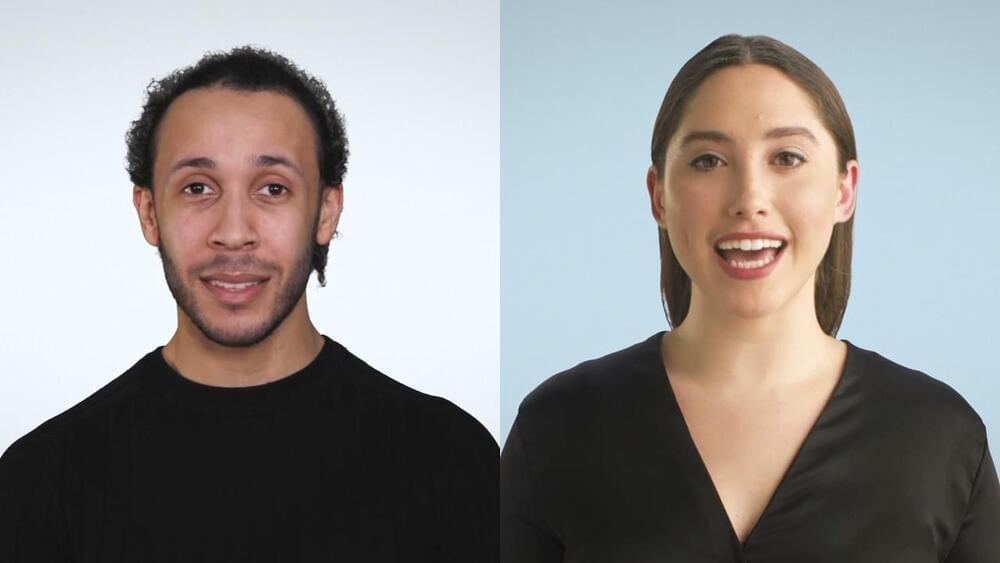
Two AI’s talking to each other power by GPT3!
Here we look at a conversation between two AIs.
The AIs were built using GPT-3, a language model that understands the English language better than anything else in the world right now.
I prompt GPT3 with just three lines:
“The following is a conversation between two AIs. The AIs are both clever, humorous, and intelligent.
Hal: Good Evening, Sophia.
Sophia: It’s great to see you again, Hal.
The rest of the conversation is generated. This is the first conversation I generated.
I create individual videos for each AI from synthesia.io. I splice up the videos so that it looks like a real conversation, but that is all the editing I do not edit the text of the conversation at all, only the video to make it seem like a back and forth.
The AIs discuss existential dread, love, and even somewhat assume gender roles. These are three big issues as we think about sentient AI. We are going through the singularity right now, so it’s very important we keep AI safe and aligned with humans.
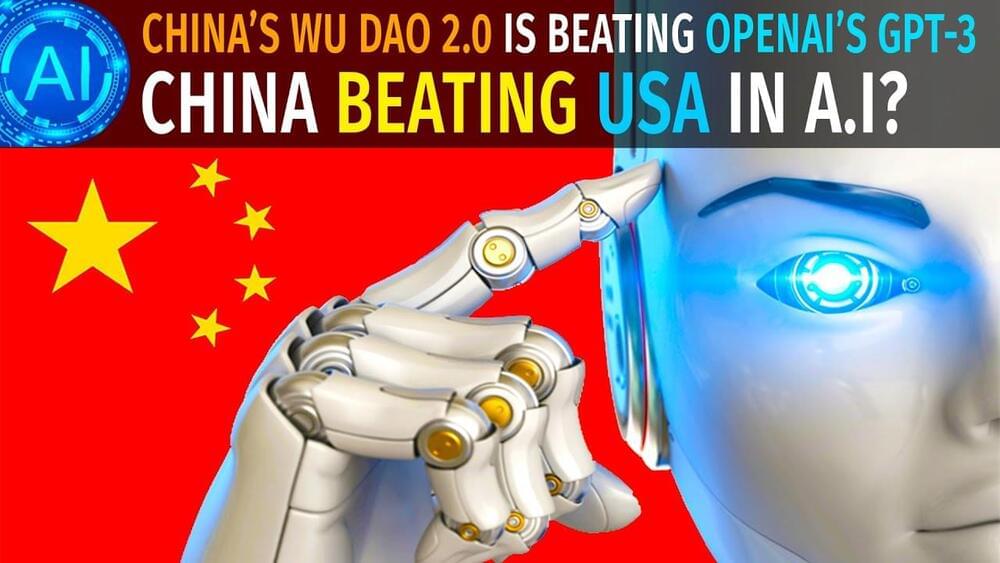
China’s goal of beating the USA in the race of creating the best and smartest artificial intelligence in the world has finally come to fruition with the Wu Dao 2.0 AI model. This new NLP AI is much superior to OpenAI’s GPT-3 model which was released last year. Some of the abilities the WU Dao AI has are being able to speak multiple languages (chinese and english), being able to learn new things, write poems, do medical research and create art.
It’s unlikely that the USA will take this lying down and forfeit the AI race. They’ll likely answer with even bigger AI models very soon and then the race to Artificial Intelligence supremacy will continue with the rate of innovation increasing exponentially.
–
Every day is a day closer to the Technological Singularity. Experience Robots learning to walk & think, humans flying to Mars and us finally merging with technology itself. And as all of that happens, we at AI News cover the absolute cutting edge best technology inventions of Humanity.
If you enjoyed this video, please consider rating this video and subscribing to our channel for more frequent uploads. Thank you! smile
–
TIMESTAMPS:
00:00 A new player in the field of AI
02:01 What is an AI Language Model?
04:30 What can these AI’s actually do?
07:36 Last Words.
–
#ai #openai #wudao
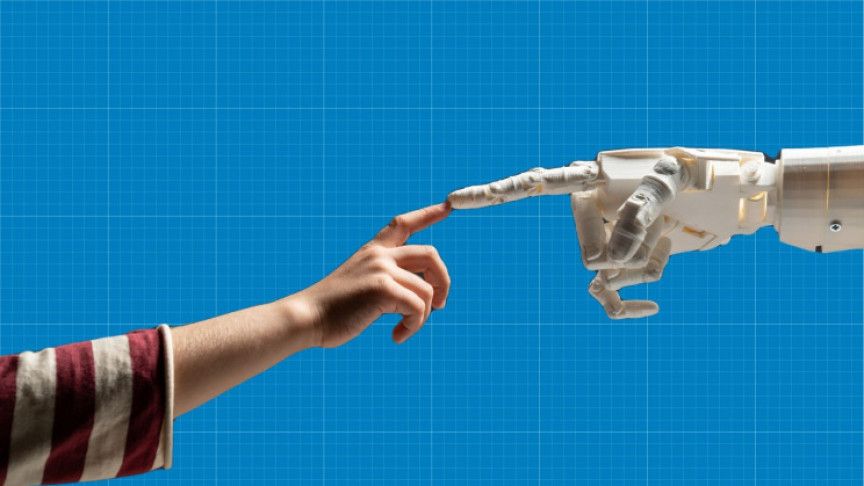
Not necessarily the end of humans, just humans as we recognize the species.
Here’s how Technological SIngularity will lead to an explosion in machine intelligence and the end of human history.

No, it’s not forbidden to innovate, quite the opposite, but it’s always risky to do something different from what people are used to. Risk is the middle name of the bold, the builders of the future. Those who constantly face resistance from skeptics. Those who fail eight times and get up nine.
(Credit: Adobe Stock)
Fernando Pessoa’s “First you find it strange. Then you can’t get enough of it.” contained intolerable toxicity levels for Salazar’s Estado Novo (Portugal). When the level of difference increases, censorship follows. You can’t censor censorship (or can you?) when, deep down, it’s a matter of fear of difference. Yes, it’s fear! Fear of accepting/facing the unknown. Fear of change.
What do I mean by this? Well, I may seem weird or strange with the ideas and actions I take in life, but within my weirdness, there is a kind of “Eye of Agamotto” (sometimes being a curse for me)… What I see is authentic and vivid. Sooner or later, that future I glimpse passes into this reality.
When the difference enters, it becomes normal and accepted by society to make room for more innovation, change, and difference.
Cyberspace 2021.
The term “cyberspace” first appeared in fiction in the 1980s, incorporating the Internet invented earlier (1969). It’s as if time doesn’t matter, and cyberspace always exists. There might not be a name for it yet, but it sure did, like certain Universal Laws that we are discovering and coining, but that has always existed.
It is the ether of digital existence…!
In 1995, I was also called crazy — albeit nicely, by the way — when, from door to door, I announced the presence of something called the Internet. Entrepreneurs who esteemed me until they warmly welcomed me into their companies, perhaps because of my passion for explaining what was unknown to them, only to decline later what I proposed to them: placing companies in the network of networks.
I was affectionately dubbed crazy for a few more years until the part where “I stopped being crazy” to be another entrepreneur exploring something still strange called the Internet. We were about to reach the so-called “dot-com bubble.” The competition had arrived, and I clapped my hands; I no longer felt alone!
(Obviously, I wasn’t the only one to see the future forming in front of our eyes. I saw color on black and white screens.)
The heights of wisdom, the masters of the universe, began to emerge because they heard that the Internet was a business that made much money, and the gold rush became frantic and ridiculous. A few years later — some weren’t for years — there was a mushroom explosion.
After persuasion resulting from the obvious and not the explanations of insane people (me included), this new industry has matured and revolutionized the world. However, history tends to repeat itself, and several revolutions, large and small, have taken place since then. Some are so natural that change happens overt and viral. But more attention needs to be paid to some revolutionary changes that could jeopardize human existence as we know it.
I’m referring to Artificial Intelligence (AI) which is now everywhere, albeit invisible and tenuous. The exponential acceleration of technology is taking us there to the point of no return.
When Moore’s Law itself becomes outdated, it only means that technological acceleration has gone into “warp” speed. At the risk of us human beings becoming outdated, we must change our reluctance and skepticism.
There is no time for skepticism. Adaptation to what is coming, or what is already here among us, like extraterrestrials, is crucial for the evolution and survival of the human species. I believe we are at another great peak of technological development.
I always pursued the future, not to live outside the reality of the present but to help build it. After all these years of dealing with the “Eye of Agamotto,” I feel the duty and obligation to contribute to a better future and not sit idly by watching what I fear will happen.
Angels and demons lurk between the zeros and ones!
So far, with current conventional computers, including supercomputers, the acceleration is already vertiginous. With quantum computers, the thing becomes much more serious, and if we aren’t up to merging our true knowledge, our human essence, with machines, danger lurks.
Quantum computing powers AI, maximizing it. An exponentiated AI quickly arrives at the AGI. That is the Artificial General Intelligence or Superintelligence that equals or surpasses the average human intelligence. That’s the intelligence of a machine that can successfully perform any intellectual task of any human being.
When we no longer have the artificiality of “our own” intelligence and Superintelligence has emerged, it’s good that the bond between human and machine has already had a real “handshake” to understand each other, just like two “modems,” understood each other in the BBS (Bulletin Board System) time.
We human beings are still — and I believe we always will be — the central computer, albeit with inferior computational resources (for now), and replaced by mighty machines that accelerate our evolution.
There is no way out. It’s inevitable. It’s evolution. So, a challenge and not a problem. Perhaps the greatest human challenge. So far, it’s been warming up. Henceforth, everything done will have to be free of human toxicity so that New AI is, in fact, our best version, the cream of the very best in human beings; its essence in the form of a whole!
A digital transformation is a transition to a different world. The power of adaptation to this different world defines our existence (survival, like Darwin).
As you’ve already noticed, the title of this article (Innovation is a risk!) has a double meaning. Let me complement it with:
Life is a risk!

Check out our new promo for #transvision #future Summit 2021! Get your tickets! -> www.TransVisionMadrid.com There will be talks about #longevity #artificialintelligence #cryonics and much much more. You will also be able to network with speakers and attendees during 5 optional dinner/cocktails, and 2 tours of several UNESCO heritage sites and historical places: Ávila, Segovia, Monsaterio de El Escorial, Valle de los Caídos (Valley of the Fallen), Aranjuez & Toledo.
Humanity Plus Humanity Plus Humanity Plus Magazine MUTISHAN Interactive Vivian Francos #SEOHashtag Alcor Life Extension Foundation Cryonics Institute Cryonics Institute SENS Research Foundation SENS Research Foundation Posthuman Network Posthuman Network Cryonics4U Longevity Conferences Longevity for All U.S. Transhumanist Party Transhumanist Party Australia Transhumanist Party Virtual Rational Transhumanism Singularity University Ray Kurzweil Singularity Singularity Hub Ray Kurzweil’s Singularity Singularity Network Transhumanismo Brasil Transhumanismo Brasil TRANSHUMANISMO Christian Transhumanist Association Mormon Transhumanist Association SingularityNET Singularitarianism Foresight Institute Lifeboat Foundation Lifeboat Foundation Machine Intelligence Research Institute KrioRus The Hedonistic Imperative — Paradise Engineering.
Promo by sergio tarrero for alianza futurista & transvision madrid.
http://www.TransVisionMadrid.com.
Spain will host the next world futurist summit on October 8, 9 and 10, 2021. Humanity+ will be the main international organizer of this international congress. Afterwards, during October 11 and 12, we will continue with informal conversations while traveling to UNESCO World Heritage Sites around Madrid: Aranjuez, Ávila, El Escorial, Segovia y Toledo. Every night will finish with optional cocktails in beautiful places for networking and meeting the participants and speakers.
The topics covered will be very broad, from recent medical advances, to artificial intelligence and robotics. The first keynote speakers will be the world famous Ray Kurzweil and Aubrey de Gray. Additionally, TransVision 2021 will feature other keynote presentations, such as those from futurist movement pioneers Max More, Natasha Vita-More and Ben Goertzel, members of Humanity+ and other leading institutions.
#TransVision collaborates with leading organizations working on futurist concepts such as life extension, artificial intelligence, robotics, nanotechnology, space travel, human enhancement, blockchain and other future technologies and trends. The first TransVision conference was held in 1998 in the Netherlands, and since there we have hosted 14 international summits in cities like Berlin, Brussels, Caracas, Chicago, Helsinki, London, Madrid, Milano, Paris, Stockholm and Toronto.

When we think about singularities, we tend to think of massive black holes in faraway galaxies or a distant future with runaway AI, but singularities are all around us. Singularities are simply a place where certain parameters are undefined. The North and South Pole, for example, are what’s known as coordinate singularities because they don’t have a defined longitude.
Optical singularities typically occur when the phase of light with a specific wavelength, or color, is undefined. These regions appear completely dark. Today, some optical singularities, including optical vortices, are being explored for use in optical communications and particle manipulation but scientists are just beginning to understand the potential of these systems. The question remains—can we harness darkness like we harnessed light to build powerful, new technologies?
Now, researchers from the Harvard John A. Paulson School of Engineering and Applied Sciences (SEAS) have developed a new way to control and shape optical singularities. The technique can be used to engineer singularities of many shapes, far beyond simple curved or straight lines. To demonstrate their technique, the researchers created a singularity sheet in the shape of a heart.
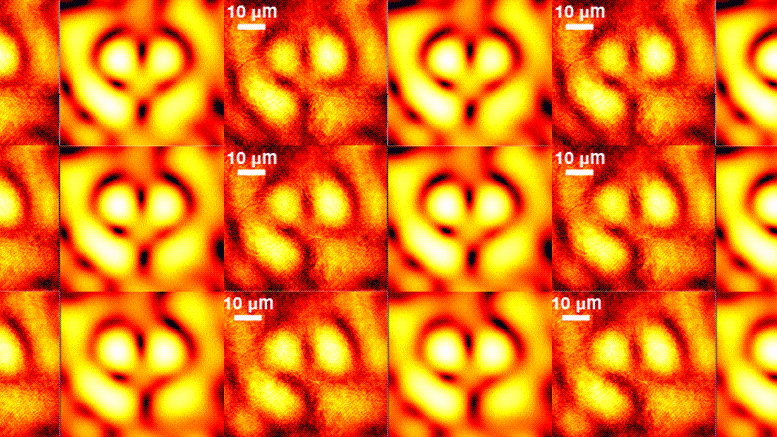
“You can also engineer dead zones in radio waves or silent zones in acoustic waves,” said Lim. “This research points to the possibility of designing complex topologies in wave physics beyond optics, from electron beams to acoustics.”
When we think about singularities, we tend to think of massive black holes in faraway galaxies or a distant future with runaway AI, but singularities are all around us. Singularities are simply a place where certain parameters are undefined. The North and South Pole, for example, are what’s known as coordinate singularities because they don’t have a defined longitude.
Optical singularities typically occur when the phase of light with a specific wavelength, or color, is undefined. These regions appear completely dark. Today, some optical singularities, including optical vortices, are being explored for use in optical communications and particle manipulation but scientists are just beginning to understand the potential of these systems. The question remains — can we harness darkness like we harnessed light to build powerful, new technologies?
Now, researchers from the Harvard John A. Paulson School of Engineering and Applied Sciences (SEAS) have developed a new way to control and shape optical singularities. The technique can be used to engineer singularities of many shapes, far beyond simple curved or straight lines. To demonstrate their technique, the researchers created a singularity sheet in the shape of a heart.